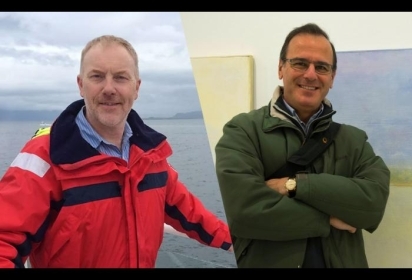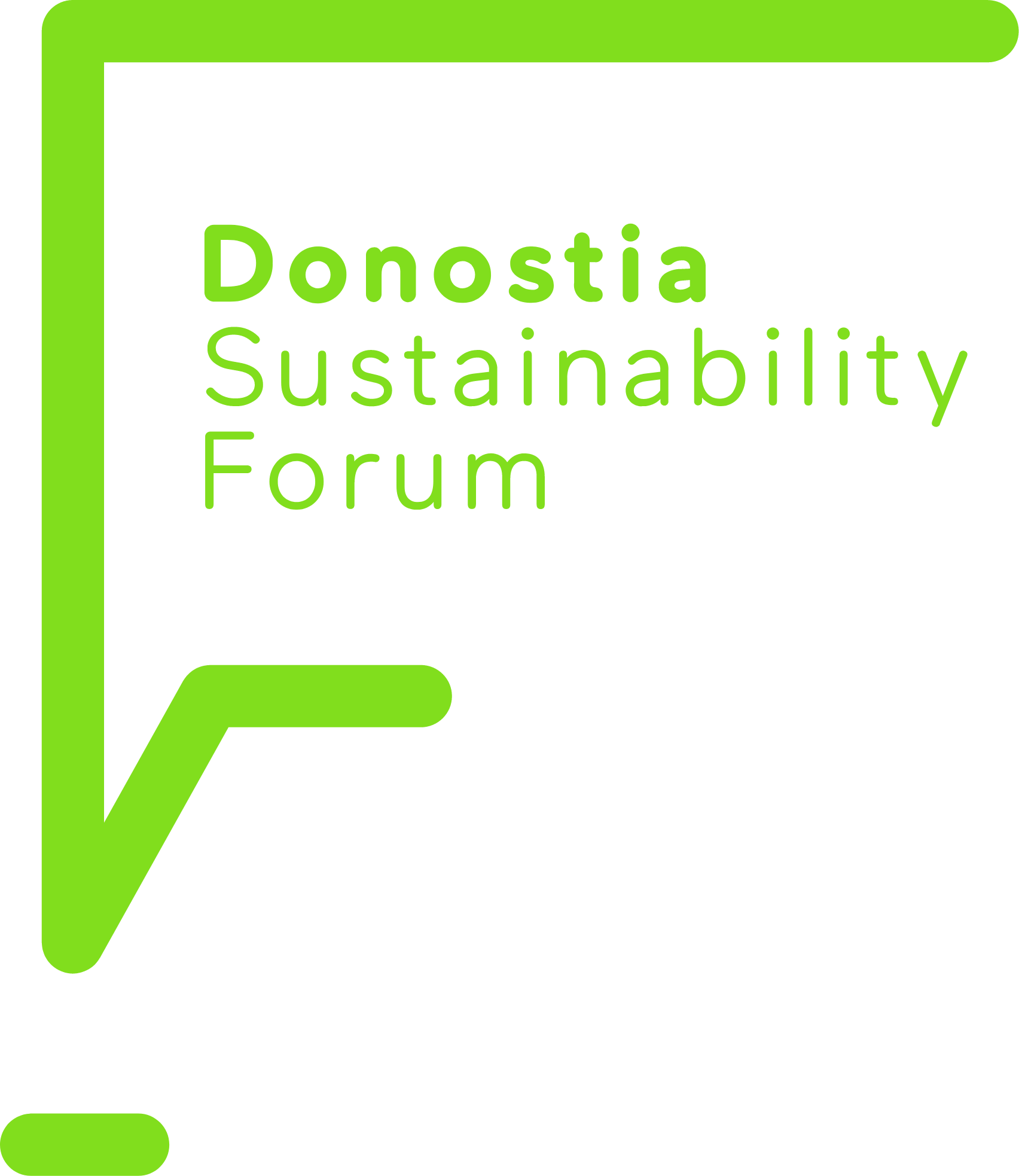The challenge of conveying humanity’s “toxic relationship” with nature
The Donostia Sustainability Forum held as part of the UPV/EHU-BBVA Foundation Summer Courses featured a dialogue on key environmental challenges and their communication to society between Matt McGrath, the BBC’s environment correspondent and winner of the 1st BBVA Foundation Biophilia Award, and Pedro Jordano, CSIC research professor in the Department of Integrative Ecology at Doñana Biological Station and committee secretary for the Frontiers of Knowledge Award in Ecology and Conservation Biology.

McGrath began the conversation referring to the dramatic conclusions of the reports published in recent days by the WWF and UN warning of a “catastrophic decline” in biodiversity: “This is a crucial time to communicate the great environmental challenges that confront us, even though the whole world is currently distracted by other problems.” But while the COVID-19 pandemic has virtually monopolized the news agenda, the BBC’s environment correspondent pointed to the extraordinary viewing figures achieved by the documentary Extinction: The Facts, broadcast last weekend with David Attenborough presenting. For McGrath, this is a clear example of the potentially “huge impact” of good environmental communication in raising awareness about this immense challenge, through stories that connect with all kinds of public with no loss of scientific rigor.
Jordano stressed that the recent scientific reports on the runaway decline of biodiversity show clearly that we are facing the threat of a “sixth great extinction,” whose origin lies not in some natural disaster but in the action of human beings. Indeed reports confirm that in the last decade we have failed to reach any of the agreed targets on biodiversity conservation. “Not only are we seeing the disappearance of many species, but a real degradation of the entire Earth ecosystem. What we have is a full-blown biodiversity crisis that is putting our wellbeing and future prosperity at risk. We are literally in freefall, and in urgent need of concerted action on a global scale.”
A way in for pandemics
Referring to the coronavirus wreaking havoc on a planetary scale, Jordano points out that the origin of this and other recent pandemics has to do with “our toxic relationship with nature.” Right now, he continues, “the focus is on the urgent search for a vaccine or an effective treatment, but we must not forget that it is us who opened the door to such pandemics through deforestation, loss of habitats, the hunting and illegal trafficking of wild species, and other destructive acts that increase the likelihood of a virus jumping from animals to the human population. Genetic analyses show clearly that the current coronavirus arose through this kind of zoonosis, with the pathogen in all likelihood jumping from bats, and other species (pangolins or domestic livestock) possibly acting as intermediate hosts in its transmission to humans.”
McGrath talked about the enormous difficulty of communicating threats such as biodiversity deterioration, admitting that journalists sometimes tend to “simplify the messages” and often fail to get across either the gravity or complexity of the problems. But, after many years of experience, in the course of the brilliant career that earned him the 1st Biophilia Award, he believes he has learned some vital lessons on how to report environmental issues with rigor and efficacy.
Local examples, global implications
“Passion and enthusiasm are important, but another crucial way to get the message across is to use clear numbers: for instance, the 1.5º C threshold that global warming must not exceed or the need to cut emissions by half before the year 2030. Very simple, clear numbers. And secondly, a good tactic is to use local examples your audience can understand, like, say, a species in Spain that is under threat, which you can then place in the context of the global biodiversity crisis. In other words, start from local stories then move from there to examine the global implications,” said the BBC’s environment correspondent.
“Further, when communicating the results of research, it’s important to recognize and convey the complexity of science, showing the different shades of opinion that many scientists have,” McGrath continued. “And it’s not enough just to set out the problems, we should also take time to explain the possible solutions at our command, even if they’re tough and call for sacrifices. Also timing is key. We have to judge when the time is right to push an item onto the news agenda, for example presenting climate change reports in the lead-up to a new round of international talks.”
“The problem,” said Jordano in reference to the challenges facing environmental communicators, “is not so much about simplifying scientific reports as about trivializing them. Science is extremely complex, and we have to simplify its messages in order to convey them to the wider public. There are fascinating discoveries that can be explained in an effective and engaging way, but we have to avoid trivializing them by letting the anecdote overshadow the truly important content. The challenge, he added, “is to convey knowledge as well as information.”
The three “tsunamis” looming over humanity
Towards the end of the dialogue, McGrath referred to a cartoon published recently that, in his view, perfectly sums up the time we are living through: “It shows the three waves looming over us: the first, quite a large one, is COVID-19; the second, even larger, is climate change; but towering above them is the most dangerous of all, the extinction of species.”
While acknowledging that this image of the three tsunamis “reflects reality all too well,” Jordano chose to conclude with a message of hope: “It is true that we are confronted by these threatening waves, but we humans are good surfers and should be able to confront and get through this challenge if we act in an effective and coordinated way. There is still time to achieve this.” The ecologist advocates what he terms a “qualified” optimism, anchored on concerted action on a global scale, since we know how to restore the environment and biodiversity provided the conditions are right.
Doubtless one of the keys to addressing this challenge, McGrath and Jordano concur, is precisely to strengthen the links between researchers and environmental communicators. Only through a grand alliance between science and journalism can knowledge about the degradation of life on Earth be transmitted effectively, giving society the chance to react before it is too late.



